After having a high fever and convulsions, T.'s inability to control his head and neck and being unable to roll over as before showed signs of damage to his central nervous system. This is one of many common symptoms in children with cerebral palsy.
Cerebral palsy is a pathological condition that damages one or more parts of the brain and does not progress over time, occurring before the age of 5 in children, caused by prenatal, intrapartum or postnatal causes. In traditional medicine, cerebral palsy is classified as one of the "five slow" symptoms: slow hair growth, slow teeth growth, slow walking, slow speaking and slow intellectual development.
Cerebral palsy is a severe form of multiple disabilities, currently at the forefront of the disease model in children. Early detection and rehabilitation intervention for children with cerebral palsy will reduce the burden on families and society, while contributing to reducing the rate of disability in young children, helping children with cerebral palsy to integrate into normal life.
When anxiety suddenly appears
Baby T., the child of Ms. VA in Hung Yen , was diagnosed with cerebral palsy and has been treated for 3 months. Before being hospitalized, the baby had a weak neck and back, could not support his head, could not roll over or turn over.
According to Ms. VA, when she was 7 months old, baby T. had a high fever and convulsions. Panicked, she and her husband immediately took their child to the local hospital. After the fever subsided, the baby was transferred to a higher level for treatment. Here, after 9 days in the hospital, the baby was diagnosed with brain damage due to lack of oxygen, a consequence of the febrile convulsions. Since that incident, the baby has completely lost all motor functions.
After 9 days in the hospital, the baby was diagnosed with brain damage due to lack of oxygen, a consequence of the febrile seizure. After the incident, the baby completely lost motor functions.
Before getting sick, the baby could still "listen to stories" and roll over on his own, but after having a high fever and convulsions, his whole body became limp and paralyzed, unable to grasp or move his arms and legs like before. Ms. VA and her husband took their child to the Central Acupuncture Hospital for treatment in the hope that their child's damaged motor functions would improve and he would recover as before.
 |
Now baby T. can roll over, crawl, has strong kicking power, a stronger head and neck, better eye contact, and can recognize parents and acquaintances. |
After 3 inpatient treatment sessions (each session is 20-22 days, with 7-10 days of rest between sessions) at the Central Acupuncture Hospital, baby T. can now roll over, crawl, has stronger kicking power, a stiffer head and neck, better eye contact, and can recognize his parents and acquaintances. Doctors also commented that the baby has made remarkable progress, and he will be able to walk and talk in the near future.
Another case that was also evaluated by doctors as very promising and brought very good results was the case of B in Hanoi . When B. was 4.5 years old, he suffered from cerebral palsy since birth. The family took him to many treatment methods but the results were not as expected. It was not until he was nearly 3 years old that they took him to the Central Acupuncture Hospital for examination and treatment.
“After nearly 2 years of persistent treatment, B. can now stand up on his own and is learning to walk and speak single words. The progression of his illness really surprised the doctors, because the results were beyond expectations , ” shared specialist doctor II Nguyen Thi Phuong Thao, Deputy Director of the Center for Treatment and Care of Autism-Cerebral Palsy Children, Central Acupuncture Hospital.
Every year, the hospital receives many cases of children with diseases such as cerebral palsy, autism, motor paralysis, language disorders, slow speech, slow walking, intellectual disability, etc.
The age of children who come for check-ups is usually from 12-48 months old, but there are also cases where children come for check-ups late, around 5-6 years old. These cases are often because the child has not learned to walk for a long time, is slow in natural skills, and the family does not know or does not think to go for check-ups.
This is the age of strong physical and mental development, including movement, language and intelligence. At this age, families can easily detect abnormal signs such as poor head and neck control, inability to roll over, inability to walk or inability to talk, so they take their children to the doctor.
Pay attention to unusual symptoms in children early.
Common symptoms in children with cerebral palsy are mainly movement disorders, usually not being able to sit or roll over or standing or walking, accounting for about 40-60%. About 10-15% of cases have language and cognitive disorders.
According to doctors, rehabilitation exercises are just one of many treatment methods. To achieve the desired treatment results, it is necessary to combine many methods, combining traditional and modern medicine. Methods such as acupuncture, hydroacupuncture, massage, acupressure, thread implantation, exercise training, communication training, physical therapy, speech therapy, etc. will be applied in the treatment regimen for children, helping children recover from disorders in the desired comprehensive way.
The cost of treating autism and cerebral palsy at the Central Acupuncture Hospital is 100% covered by the Health Insurance Fund if there is a referral letter and is valid for one year.
Currently, the cost of treating autism and cerebral palsy at the Central Acupuncture Hospital is 100% covered by the Health Insurance Fund if there is a referral letter and is valid for one year. Each treatment period for children lasts from 20-22 days, with children resting for 7-10 days between treatments.
Specialist II Doctor Nguyen Thi Phuong Thao shared: “In terms of treatment principles, children need to be detected early, early intervention treatment will be more effective, and treatment time will also be shorter. Combining traditional medicine with modern medicine will help children recover faster and more comprehensively. Depending on the severity of the disease, the degree of brain damage, the treatment effectiveness will also be different and the treatment time will also be different” .
Each child coming to the Treatment Center will be treated with 6 to 8 techniques, including: electroacupuncture, hydroacupuncture, auricular acupuncture, acupressure massage, thread implantation, passive or active exercise, infrared light therapy, and speech therapy. In addition, the hospital also combines the use of traditional medicine, providing decoctions and oriental medicine preparations for the children to drink. Most of the medicines have the effect of nourishing the liver and kidneys, stimulating digestion, and helping children sleep better.
 |
Methods combining traditional and modern medicine to support children's rehabilitation. |
Sharing specifically about the methods, Dr. Thao said that all methods combining traditional medicine and modern medicine aim to support children's rehabilitation. Acupuncture helps stimulate the central nervous system, stimulate reflexes, relax muscles, increase circulation, and restore movement, language, and cognition.
Hydroacupuncture combined with drug injection into acupoints to increase nerve conduction, adjusting diseased organs to normal state. Auricular acupuncture acts on points on the ear to improve blood circulation in diseased organs.
Acupressure massage helps increase blood circulation, soften tendons and muscles, reduce swelling, limit muscle atrophy and joint stiffness. Implanting absorbable sutures into acupuncture points to stimulate nerves, supporting the treatment of paralysis due to various causes. Exercise helps increase muscle strength, maintain balance and improve children's ability to move independently.
In addition, we also combine physical therapy, communication and language training for children with cerebral palsy to enhance skills including: concentration skills, imitation skills, play skills, communication through gestures, pictures, social skills, language understanding skills, and language expression skills.
Early detection signs of cerebral palsy:
According to specialist doctor II Nguyen Thi Phuong Thao , to detect early signs of cerebral palsy, it is necessary to pay attention to the risks that occur before, during and after birth.
- Causes of prenatal cerebral palsy include: the mother has a history of chronic diseases such as diabetes, epilepsy, mental illness. During pregnancy, the mother has viral infections such as flu, measles, rubella, etc. Finally, causes during childbirth such as asphyxia, premature birth, low birth weight (from 1.2-1.5 kg), forceps birth, after birth the child has cerebral hemorrhage, kernicterus, encephalitis can also cause the child to get sick.
- Signs that are easy to detect cerebral palsy in newborns include: weak or absent sucking and swallowing reflexes, weak neck, unable to roll over, unable to turn over. According to folk belief , "3 months old knows how to roll over, 7 months old knows how to crawl, 9 months old knows how to walk" , so when a 3-month-old baby does not know how to roll over, has a weak neck or turns over backwards, this is also an early sign of cerebral palsy.
- Normally, when children are 2-3 months old, they will know how to "listen to gossip". Parents should pay attention if they do not see this sign in their children.
“In fact, cerebral palsy is a central nervous system injury in one or more areas of the brain, so treatment is very difficult. Therefore, the application of traditional and modern medicine methods in the treatment of cerebral palsy is mainly to restore damaged brain functions that cause disorders of movement, language, and intelligence,” Dr. Thao shared.
Source: https://nhandan.vn/ung-dung-y-hoc-co-truyen-dieu-tri-cho-tre-bai-nao-post881806.html



![[Photo] Top players gather at the 2025 Nhan Dan Newspaper National Table Tennis Championship](https://vphoto.vietnam.vn/thumb/1200x675/vietnam/resource/IMAGE/2025/5/23/9ad5f6f4faf146b08335e5c446edb107)
![[Photo] Anh Hoang - Dinh Duc successfully defended the men's doubles championship of the National Table Tennis Championship of Nhan Dan Newspaper](https://vphoto.vietnam.vn/thumb/1200x675/vietnam/resource/IMAGE/2025/5/23/d6ab3bcac02c49928b38c729d795cac6)



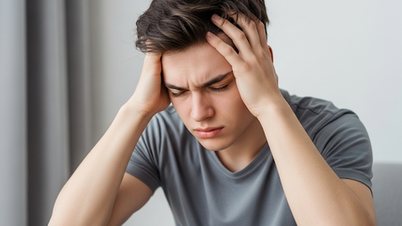



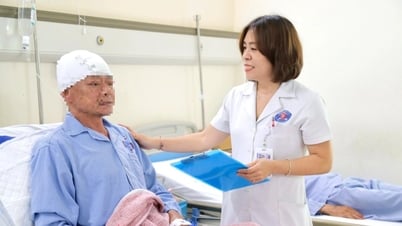

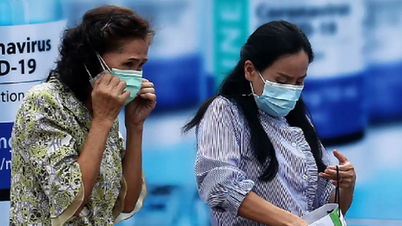

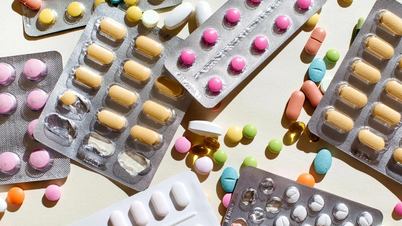





![[Photo] Anh Hoang - Dinh Duc successfully defended the men's doubles championship of the National Table Tennis Championship of Nhan Dan Newspaper](https://vphoto.vietnam.vn/thumb/402x226/vietnam/resource/IMAGE/2025/5/23/d6ab3bcac02c49928b38c729d795cac6)
![[Video] Launch of the publication "The Teacher and the Books"](https://vphoto.vietnam.vn/thumb/402x226/vietnam/resource/IMAGE/2025/5/23/f8b7526776a44a57b0d4d9213c0c660d)

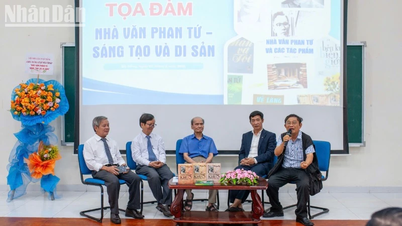
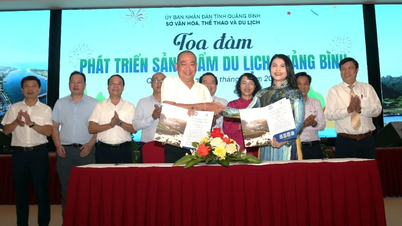
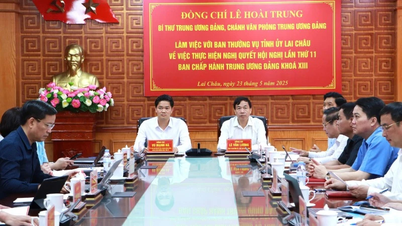










































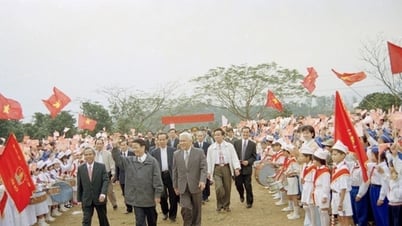

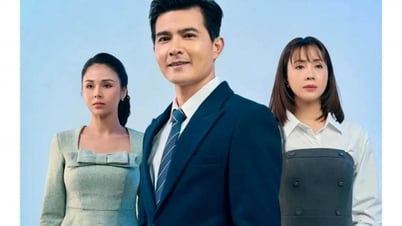

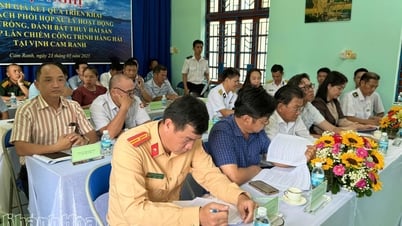





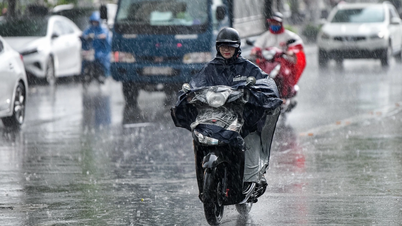












Comment (0)